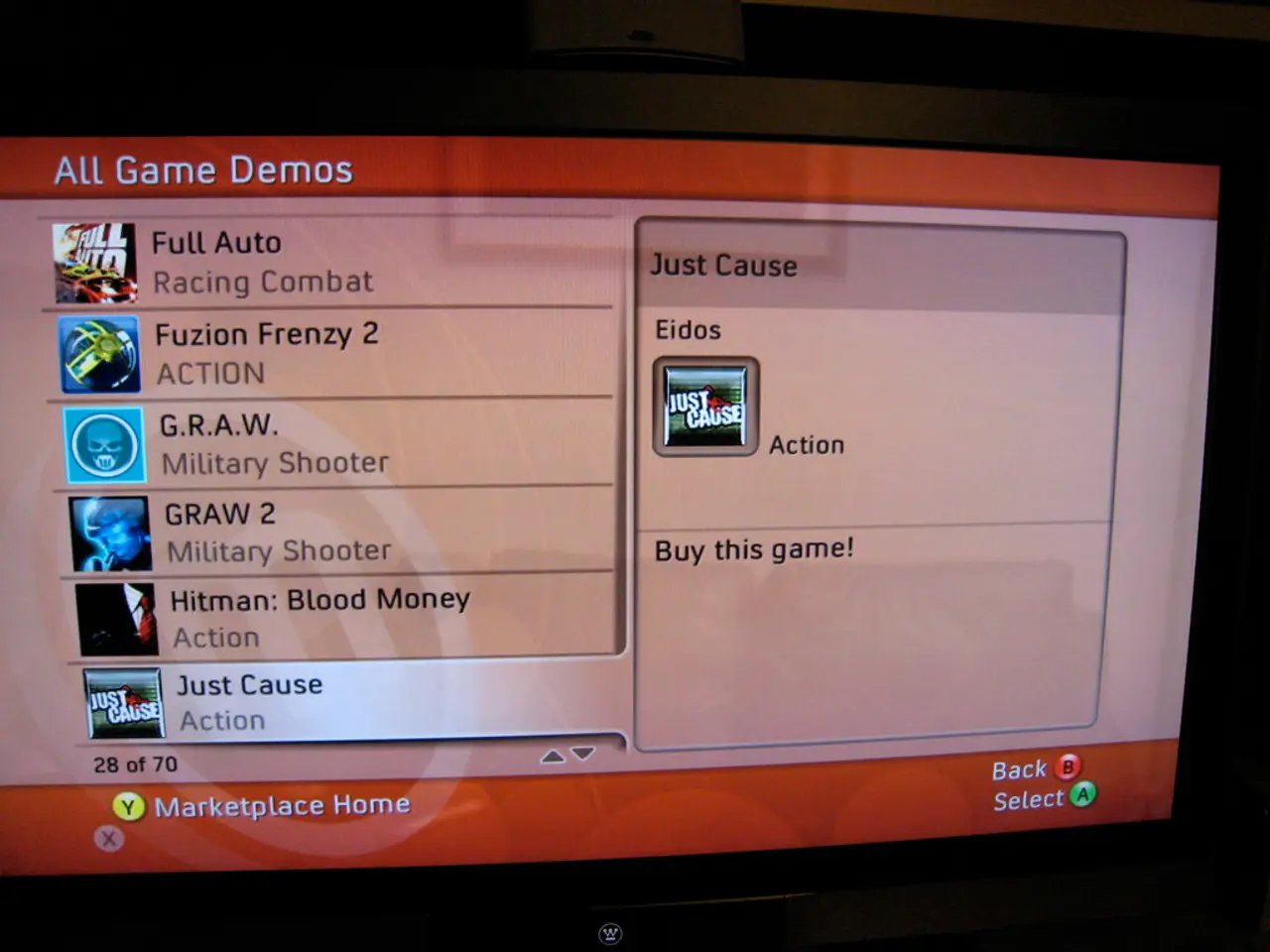Redesign Approach in Gaming: Transitioning from User-Focused to Player-Emphasized Design for Enhanced Engagement in Gamification
In the realm of gamification, where work processes are transformed into engaging experiences, the key lies in getting users to participate willingly. This is where player-centered design comes into play, a specialized approach that focuses on the needs, motivations, and experiences of players within game environments.
Player-centered design, an extension of user-centered design, prioritizes elements that drive enjoyment, challenge, and meaningful choices in players’ interactions. It's all about fostering a sense of agency, freedom, engagement, and immersion during gameplay. By contrast, user-centered design is a broader philosophy applied across various domains, aiming to create products or systems that are intuitive, effective, and satisfying for all users.
Applying player-centered design to gamification in business software means crafting interfaces and reward systems that are not only intuitive but also motivating and satisfying. This, in turn, improves adoption and productivity. For instance, gamification platforms may integrate real-time goal tracking, leaderboards, personalized incentives, nudges, and social features, all reflecting player-centered ideas of engagement and agency, but tailored for workplace goals.
Player-centered design is an iterative process, requiring development, trialing with players, and amending until it meets player appreciation. It's about creating engaging, motivation-driven interfaces and reward systems that feel intuitive and rewarding to participants. This approach can be used to gamify otherwise dry and unengaging content, such as S.O.P.s or e-learning modules, making them more appealing and encouraging users to learn and enjoy the experience, rather than just completing a requirement.
The first computer games many people played in their middle age were likely Space Invaders or Pacman. Fast forward to the 21st century, modern games like Grand Theft Auto or World of Warcraft have more complex gameplay than their older counterparts. Yet, the adrenaline rush felt in games, whether it's the '70s or the present, remains a constant.
Player-centered design can also be used to create virtual environments, such as a virtual globe for learning about cultural diversity. Jane McGonigal, an American game designer and author, once stated that games give us unnecessary obstacles that we voluntarily tackle. This spirit of challenge and engagement is at the heart of player-centered design.
For a deeper dive into player-centered design, Janaki Mythily Kumar and Mario Herger's book, "Gamification at Work: Designing Engaging Business Software", provides valuable insights. The book emphasizes the importance of respecting users and avoiding manipulation, while still motivating them to participate. It's a must-read for anyone interested in harnessing the power of player-centered design in business software.
In summary, player-centered design is a powerful tool for creating engaging, motivation-driven interfaces and reward systems in business software. By focusing on the unique dynamics of gameplay and player psychology, it enhances business outcomes like productivity and engagement by keeping users effectively "players" in a motivating environment.
UX design, encompassing the overall user experience, plays a crucial role in implementing player-centered design principles within gamified business software. This involves designing interfaces and reward systems that not only promote user engagement but also stimulate meaningful interaction, as seen in interaction design.
User-centered design, while broader in its application, shares similarities with player-centered design, as it aims to create products or systems that cater to users' needs and preferences. This alignment highlights the importance of user experience in successful gamification.
Smartphones and other gadgets have become essential platforms for gamification, given their widespread usage and potential for continuous interaction. Integrating player-centered design principles in mobile applications can lead to higher user engagement and increased productivity.
Modern technological advancements haven't only revolutionized gaming experiences on smartphones and consoles but also offered new avenues for applying player-centered design in various realms, such as virtual learning environments or cultural exploration tools, opening up a world of possibilities for engaging, user-centric experiences.




